+86-577-62705111
info@sc-connector.com
CONTACT US
ENGLISH
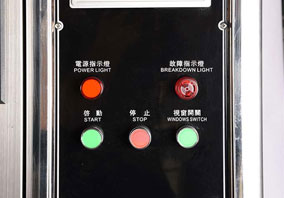
High temperature has many effects on products, such as aging, oxidation, chemical changes, thermal diffusion, electromigration, metal migration, melting, vaporization and deformation, etc. Generally, the product life will be reduced to one quarter when the surrounding environment rises by 10℃. When the ambient temperature rises by 20°C, the product life will be reduced by half. The product life follows the "10°C rule". Therefore, the high temperature test is the most commonly used test for the screening, aging test, life test, and accelerated life of cable joints and cable ties. The test also plays an important role in the verification of failure analysis.
Low temperature has many effects on the product, such as embrittlement, icing, viscosity increase, solidification, mechanical strength reduction, and physical shrinkage. The low temperature test is used to assess the adaptability of cable joints and cable ties to storage and use in low temperature environments , Commonly used in product type testing in the development stage, component screening tests, etc.

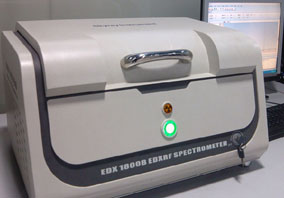
Whether or not the raw materials are environmentally friendly is an important issue that Saichuang focuses on.
Before purchasing raw materials, we will first sample the materials of the supplier, analyze the content of chemical elements contained in the raw materials, generate a test report, compare the relevant European Union standards, and ensure that the content of harmful substances in the raw materials is within the environmental protection requirements. If the raw materials do not meet the environmental protection requirements, we will not use them. We strictly control the environmental protection and safety of raw materials to make our products, such as multi wire cable gland, meet ROHS standards.

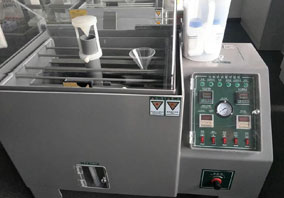
The copper-nickel-plated cable joints produced by Sectron are electrolytically or chemically plated with a layer of nickel on brass. Nickel plating is in an electrolyte composed of nickel salt (main salt), conductive salt, pH buffer, and wetting agent. The anode uses metal nickel, and the cathode is a plated part. Direct current is applied and deposited on the cathode (plated part) A layer of nickel plating is uniform and dense. The bright nickel is obtained from the plating solution added with brightener, while the dark nickel is obtained in the electrolyte without brightener added. Electroless plating, also known as electroless plating and autocatalytic plating, refers to a process in which metal ions in an aqueous solution are reduced by a reducing agent and precipitate onto the surface of a solid substrate under certain conditions.
The salt spray test simulates the climate of the ocean or humid region. We conduct a salt spray test on metal products to evaluate the ability of products, materials and their protective layers to resist salt spray corrosion.

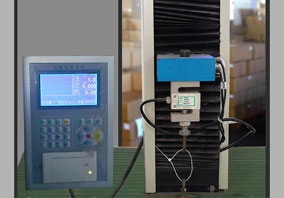
The tensile test can measure a series of strength indexes and plastic indexes of the material. Strength usually refers to the ability of a material to resist elastic deformation, plastic deformation, and fracture under the action of external forces. Plasticity refers to the ability of a metal material to deform plastically under load without damage. When the material is under tensile load, the phenomenon of obvious plastic deformation that continues to occur when the load does not increase is called yielding. The stress at the time of yielding is called the yield point or physical yield strength. The maximum stress value that the material reaches before breaking is called tensile strength or strength limit.
During the test, the testing machine stretches the cable tie uniformly at a specified rate. The testing machine can automatically draw a drawing of the drawing curve, so that it can be analyzed whether the tensile resistance of the cable tie can meet the requirements.

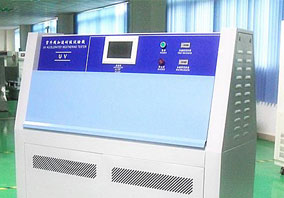
Ultraviolet rays are not only harmful to humans but also harmful to the products! During the processing, storage or use of materials or products, due to the influence of external factors such as heat, light, oxygen, mechanical stress, ozone, harmful metal ions, radiation, etc., physical or chemical changes occur in the material, and the performance deteriorates. Gradually lose use value.
The types of damage caused by ultraviolet rays include discoloration, loss of gloss, chalking, cracking, cracking, blurring, blistering, embrittlement, reduced strength, and oxidation.
The ultraviolet aging test mainly simulates the deterioration effect of ultraviolet light in sunlight on products. At the same time, it can also reproduce the damage caused by rain and dew; by exposing the cable joints and cable ties to the controlled circulation of sunlight and moisture, and increasing the temperature to conduct the test; using ultraviolet fluorescent lamps to simulate sunlight, while The effect of moisture can also be simulated by condensation or spraying. Ensure that the product has a long enough life.
